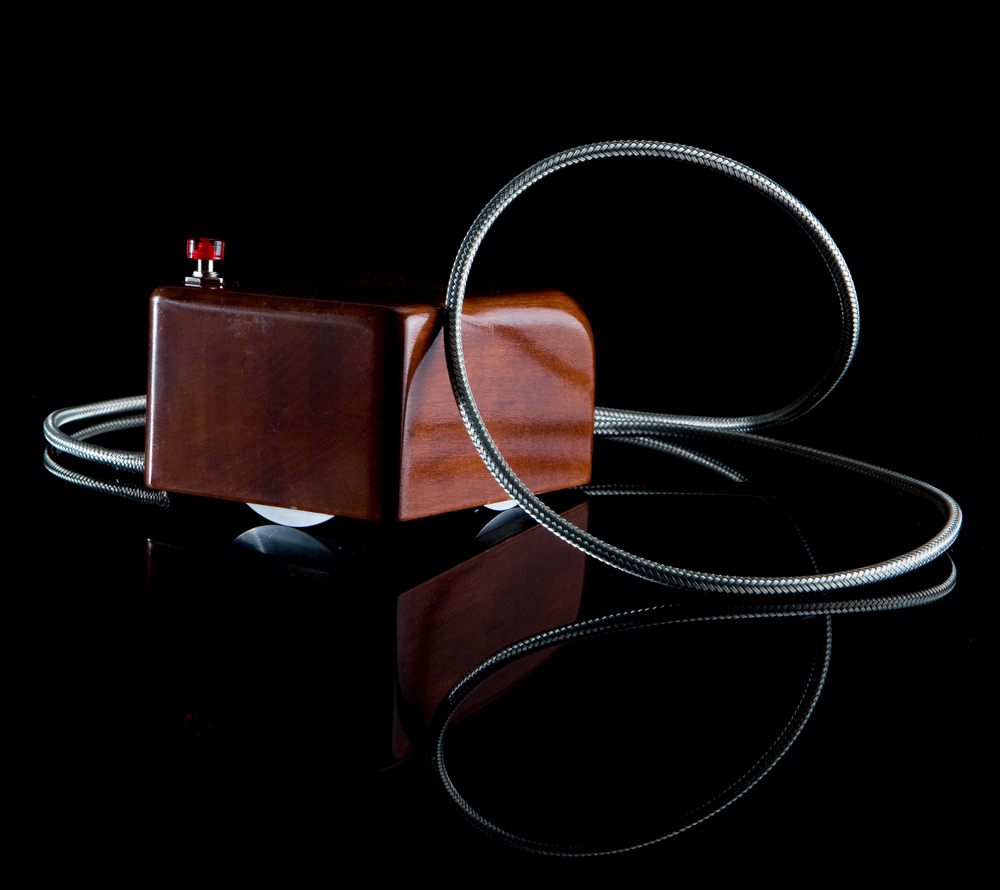Computer mouse co-creator Bill English dies aged 91
The engineers' 1968 prototype went on to inspire the likes of Apple and Microsoft


William "Bill" English, the co-creator of the first computer mouse, has died in San Rafael California at the age of 91.
His death was confirmed by his wife, Roberta, who said the cause was respiratory failure.
English was an engineer and researcher from Kentucky who studied electrical engineering at university before signing up to the US Navy. In 1950, he joined the Stanford Research Institue (now known as SRI International) where he met fellow engineer Douglas Engelbart. Under Engelbart's leadership, he helped to build a key component of the modern computer in 1968.
Back then, computers were text-based machines that needed punch cards to print out sheets of data and were very niche contraptions used by specialists. Engelbart, however, envisioned something more functional where users could manipulate the images on the screen.
His vision was not easily explained, though, and by his own admission, he struggled to convey the idea to others. He had notes for a mechanical device that could move a cursor across a screen and perform tasks by selecting certain symbols and images.
One man who understood this, almost instantly, was Bill English. He built the first prototype through a serious of tests at SRI which was called oNLine System (NLS). They unveiled the device at an event in San Francisco that became known as "The Mother of All Demos" in 1968.
From Engelbart's rough sketches, English built a mouse with a small pinewood case and two potentiometers that tracked the movements of two small wheels. It's reported that they called it a 'mouse' because of the way the computer's onscreen cursor, called a CAT, chased the path of the device - though it's also reported they couldn't remember why it was given that name.
Sign up today and you will receive a free copy of our Future Focus 2025 report - the leading guidance on AI, cybersecurity and other IT challenges as per 700+ senior executives
Some three years after the demonstration, English left SRI and joined a Xerox lab called the Palo Alto Research Centre where he helped adapt many of the NLS' ideas for a new machine called the 'Alto'. This would go on to become the template for many of the most famous computers, such as Apple's Macintosh and the first Microsoft Window personal computer.
Engelbart died in 2013, aged 88, but neither he nor English made much money from their invention. The patent was owned by their employer and the intellectual property rights expired long before it became one of the most common components of the computer.
Bobby Hellard is ITPro's Reviews Editor and has worked on CloudPro and ChannelPro since 2018. In his time at ITPro, Bobby has covered stories for all the major technology companies, such as Apple, Microsoft, Amazon and Facebook, and regularly attends industry-leading events such as AWS Re:Invent and Google Cloud Next.
Bobby mainly covers hardware reviews, but you will also recognize him as the face of many of our video reviews of laptops and smartphones.
-
 Trump's AI executive order could leave US in a 'regulatory vacuum'
Trump's AI executive order could leave US in a 'regulatory vacuum'News Citing a "patchwork of 50 different regulatory regimes" and "ideological bias", President Trump wants rules to be set at a federal level
-
 TPUs: Google's home advantage
TPUs: Google's home advantageITPro Podcast How does TPU v7 stack up against Nvidia's latest chips – and can Google scale AI using only its own supply?
